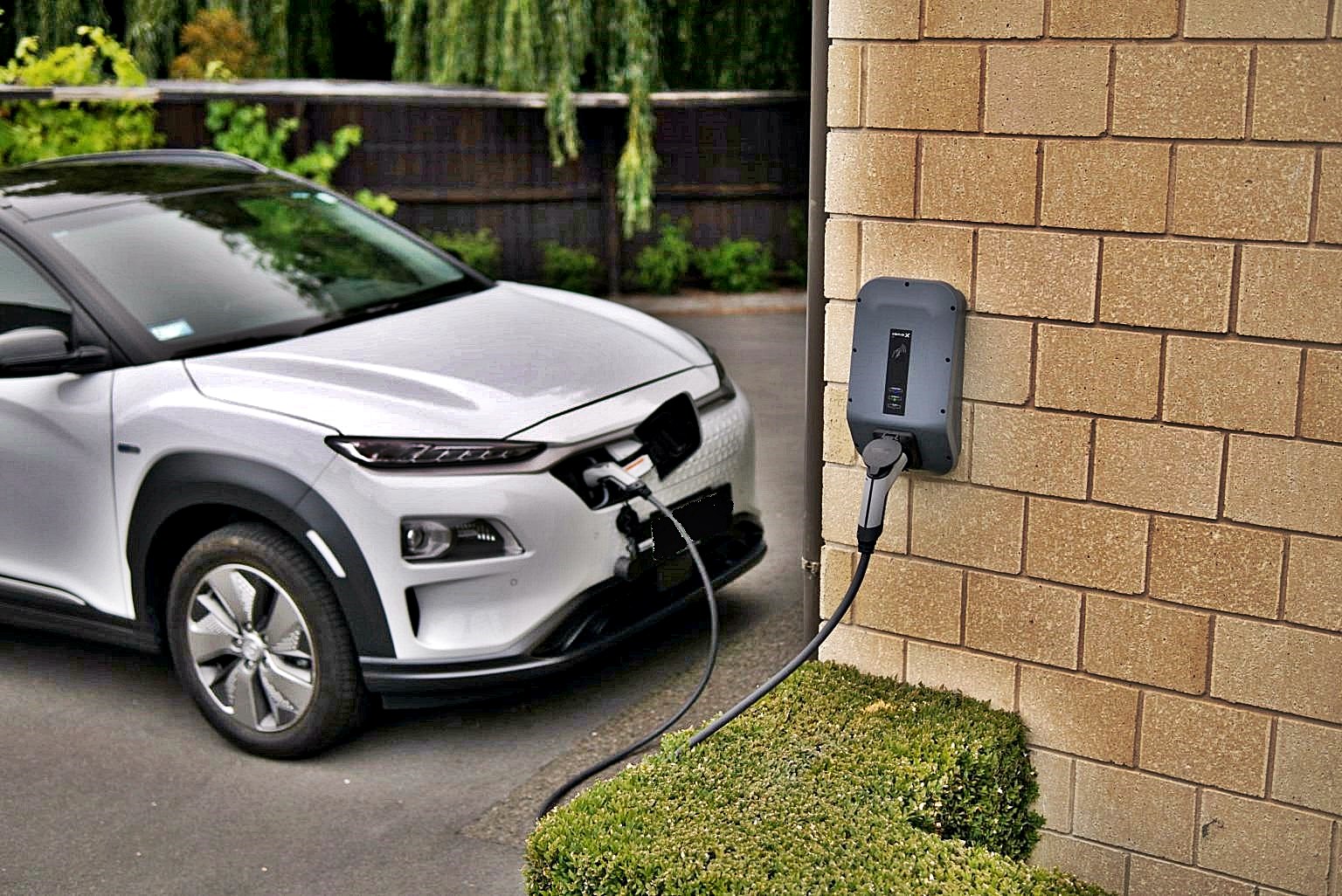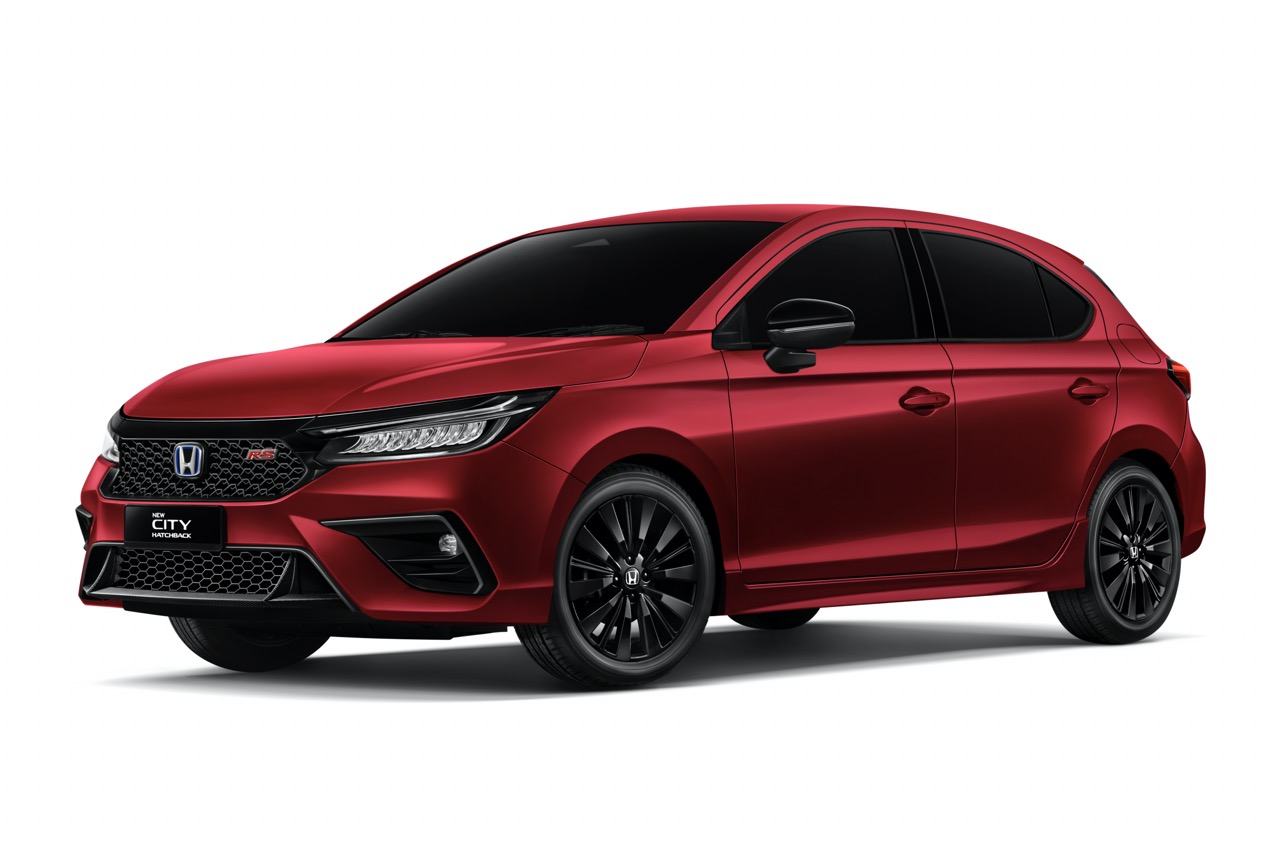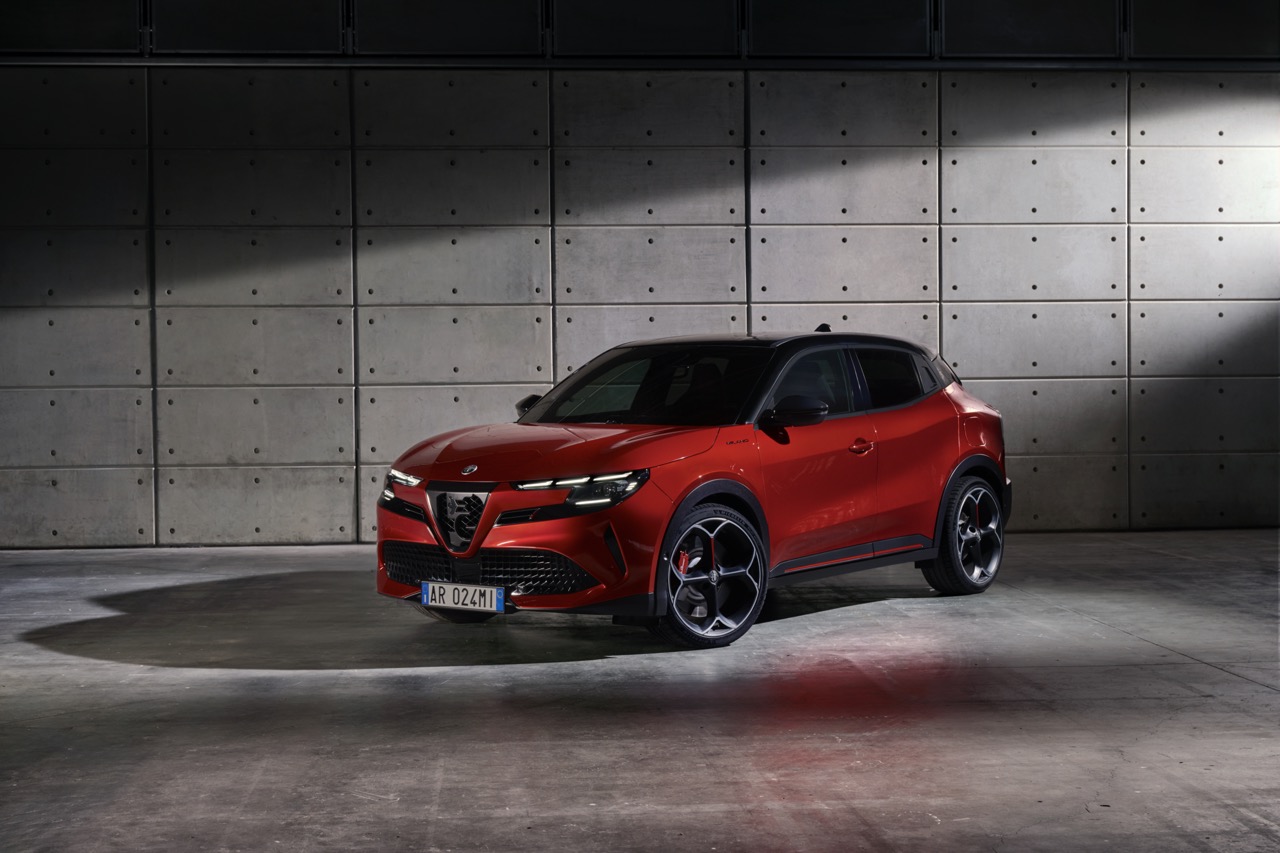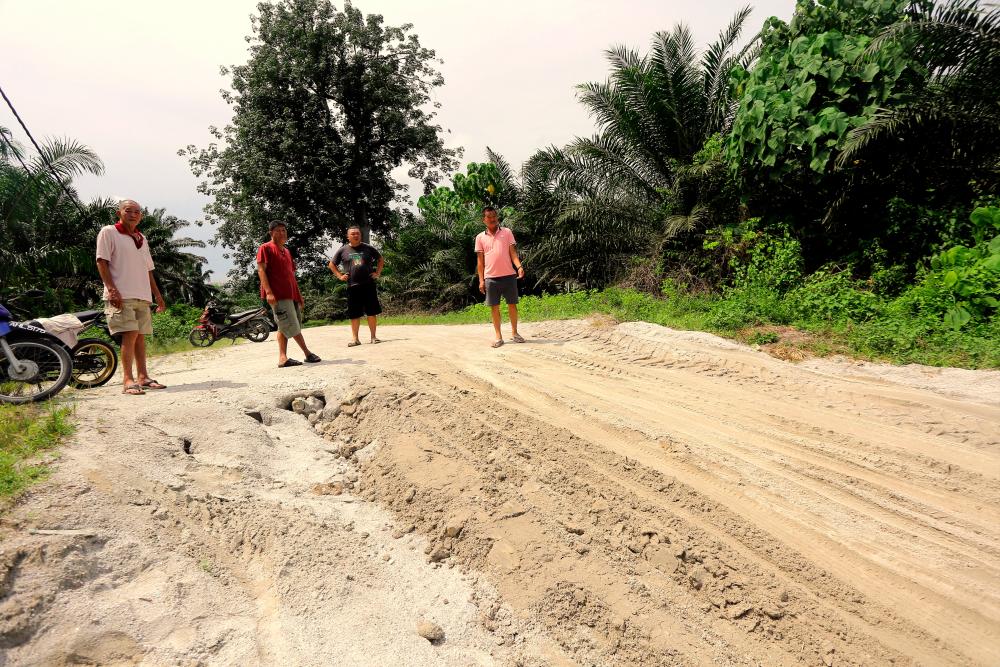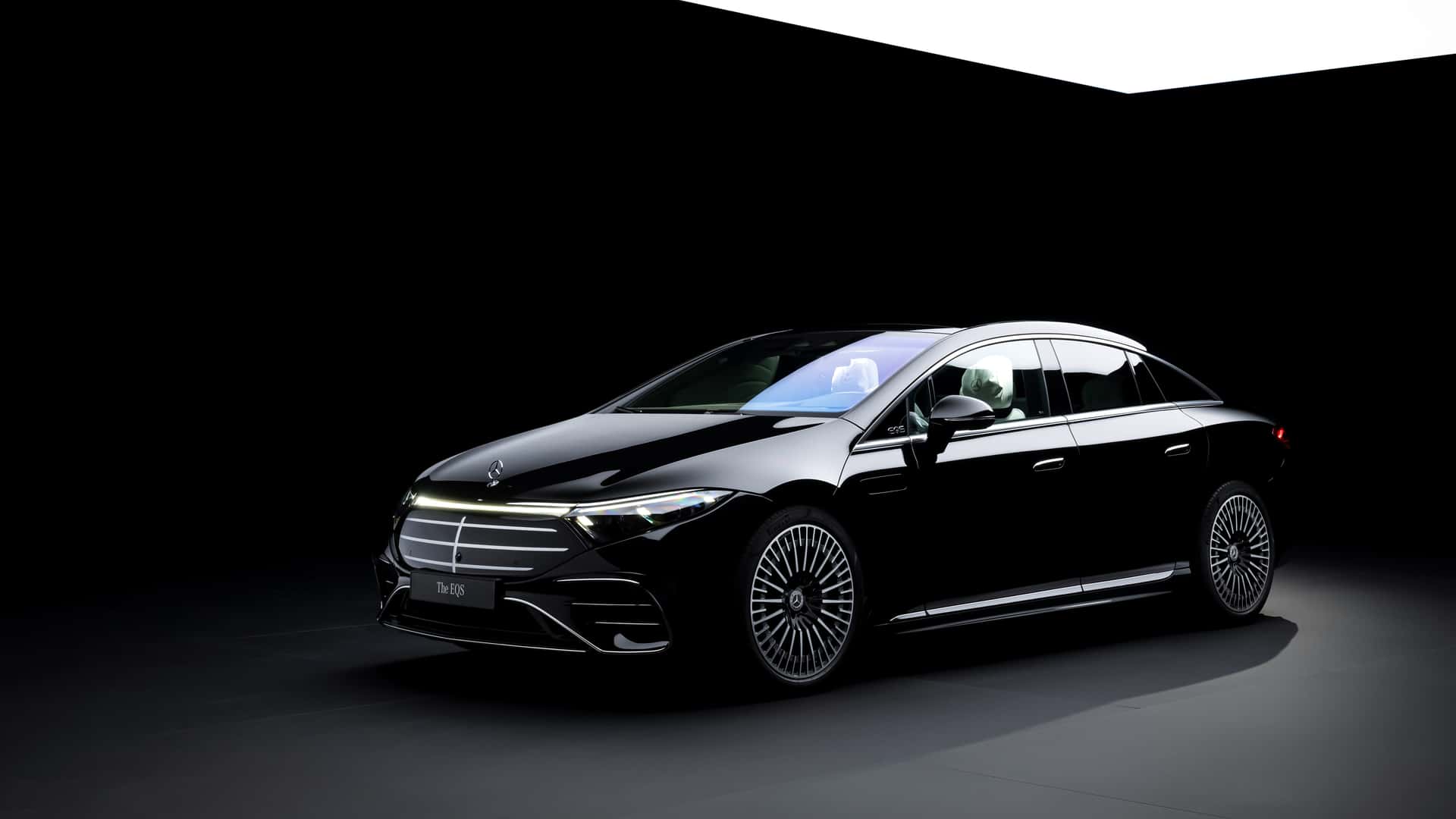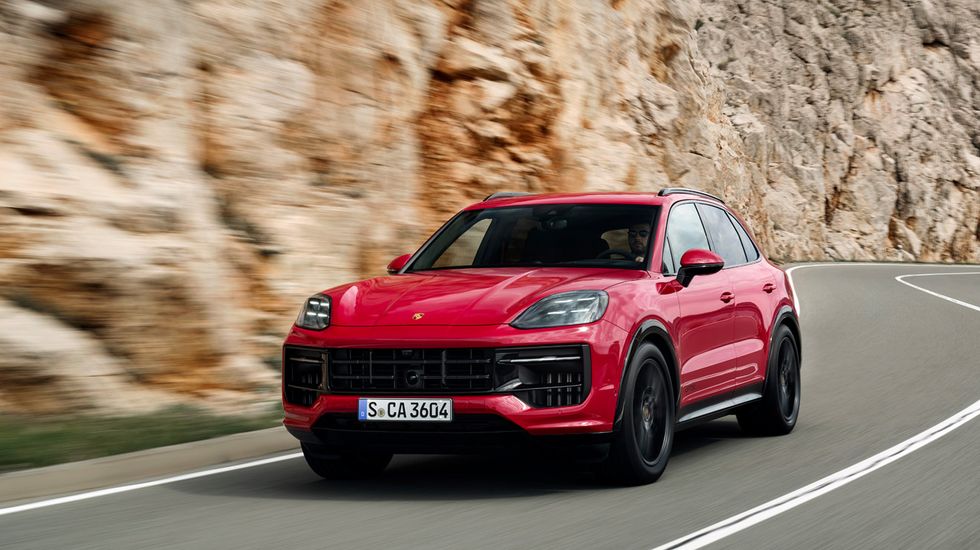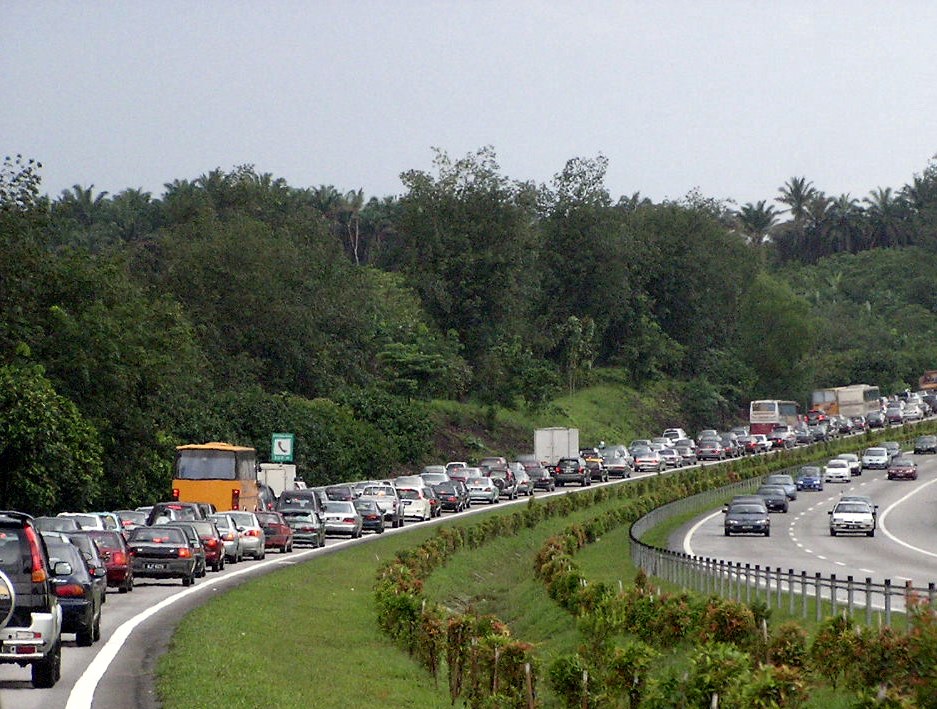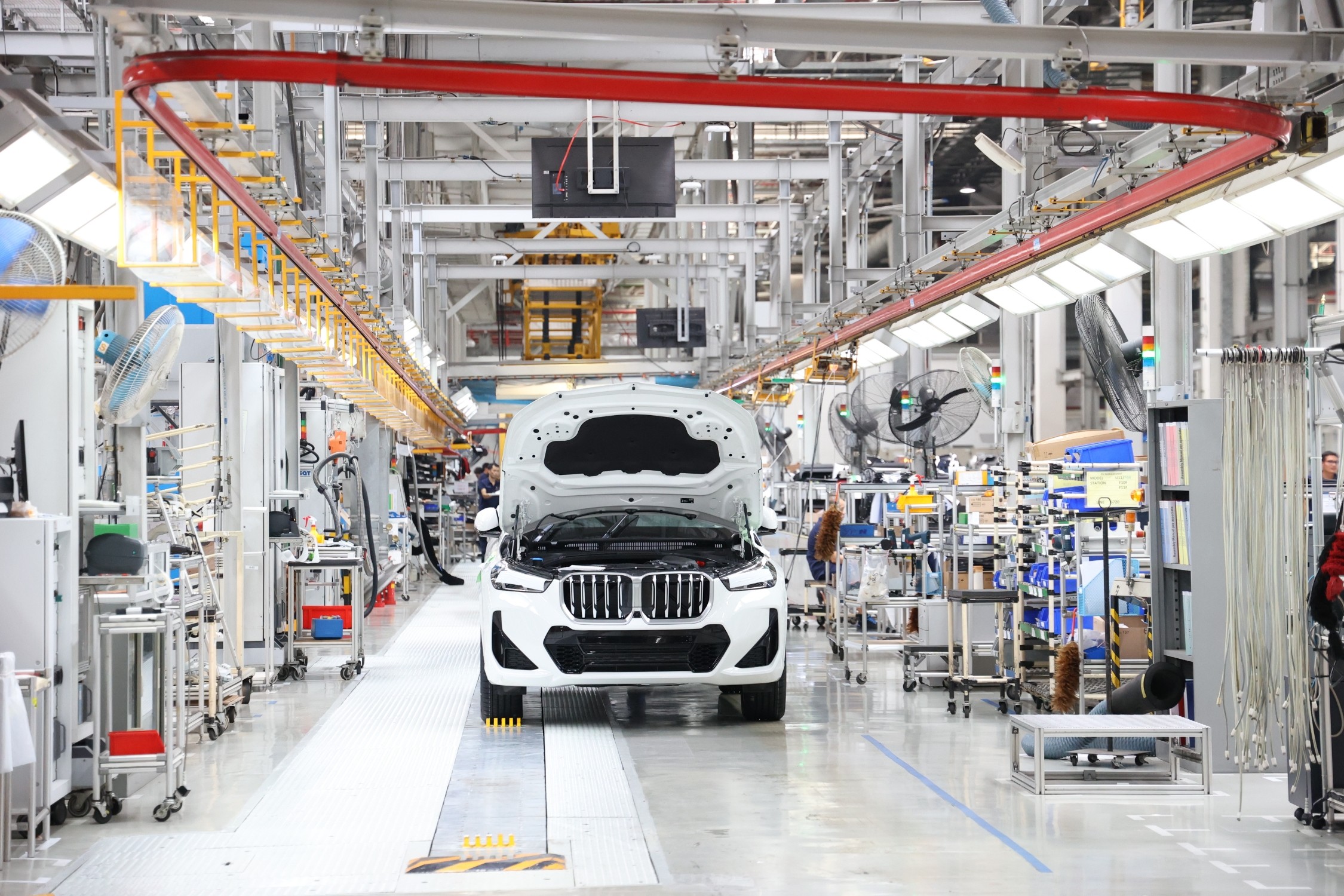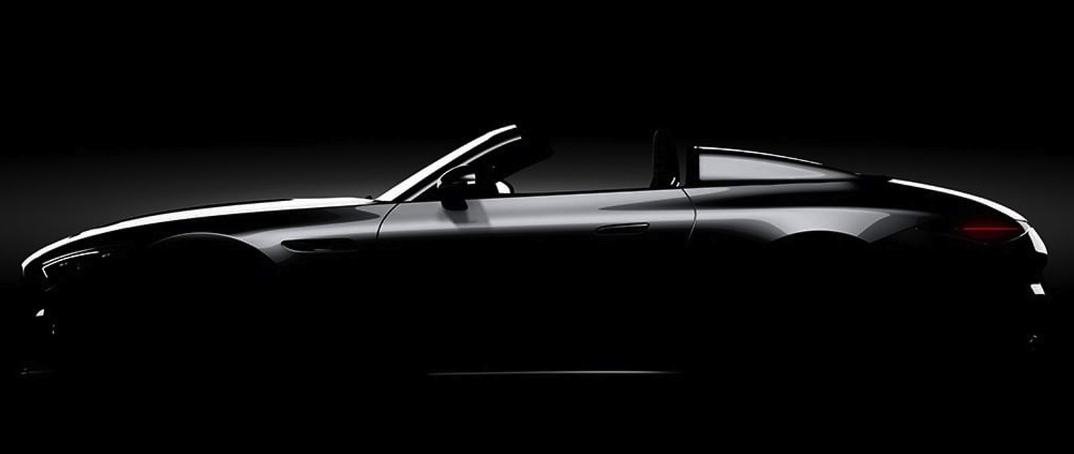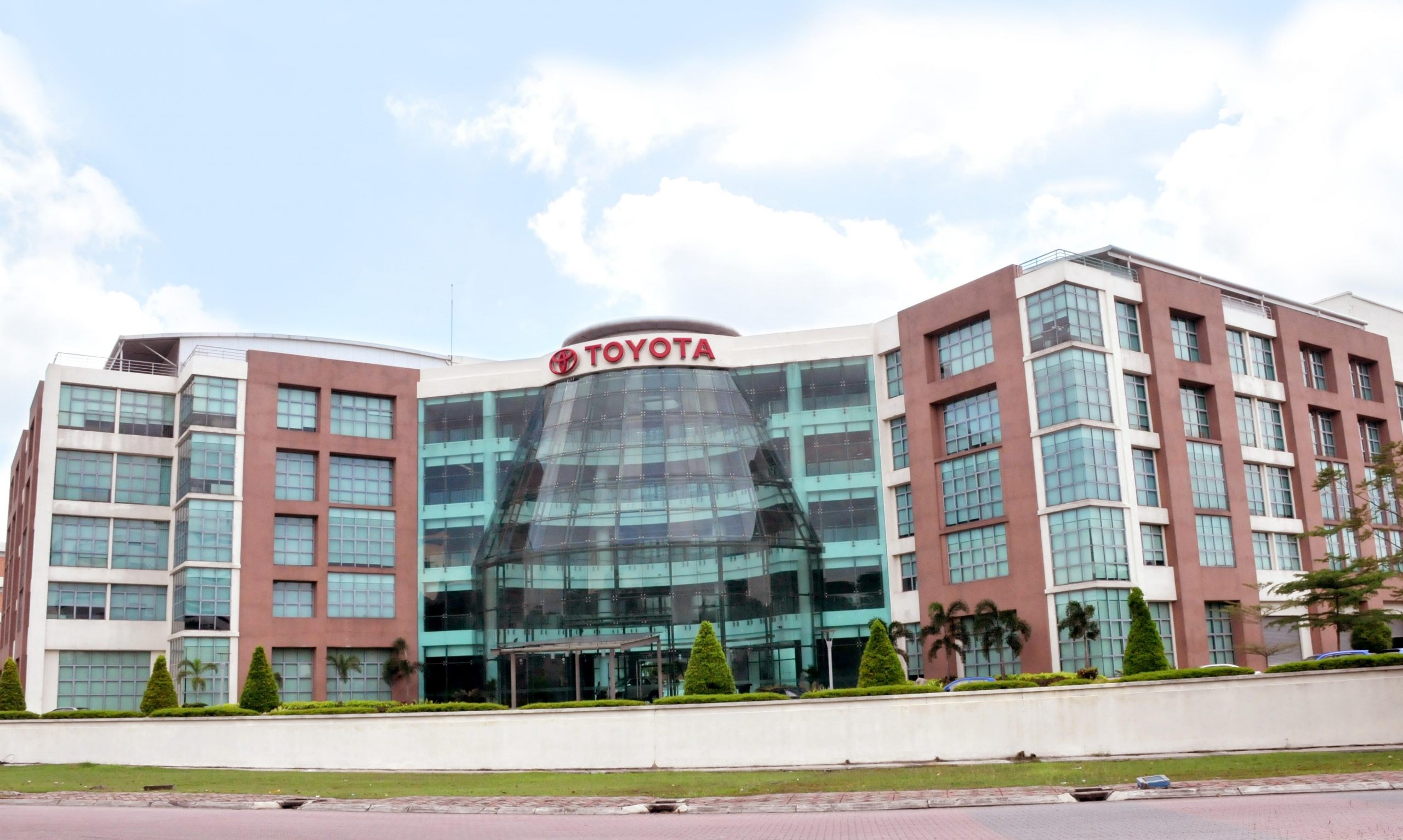Though EVs were around over 100 years ago, they faded away as technology then wasn’t advanced enough to provide performance as good as cars with internal combustion engines (ICE). So ICE cars were more popular and have grown to dominance over today. However, the combustion process gives off gases that are toxic and also cause global warming, so using ICE as a propulsion system has been considered detrimental to the future of the planet, hence the switch to EVs which have zero emissions. Of course, there is the other side of the matter concerning power-generating plants which use mainly coal to provide the electricity, but that’s a debate for another time.
It’s a good time to buy an electric vehicle (EV) in Malaysia as these few years will be one of the rare occasions when cars can be purchased duty-free throughout the country and not just in Langkawi and Labuan. It’s the government’s way of encouraging the switch to EVs as one way of achieving the goal of carbon neutrality by 2050. Malaysia has set this goal as one of the 195 signatories of the Paris Agreement in 2015 which has a target that must be met cooperatively in order to limit global warming to 1.5°C. If the temperature rise cannot be limited, climate change is predicted to have a very serious effect on the planet.
You may be considering doing your part to save the planet by switching to an EV. Or you may just be interested in the electric lifestyle which can also save you money. You don’t have to buy liquid fuel any longer and though there is still the cost of electricity, it should lower running costs. EVs are the future so you may like the idea of being among the pioneers.
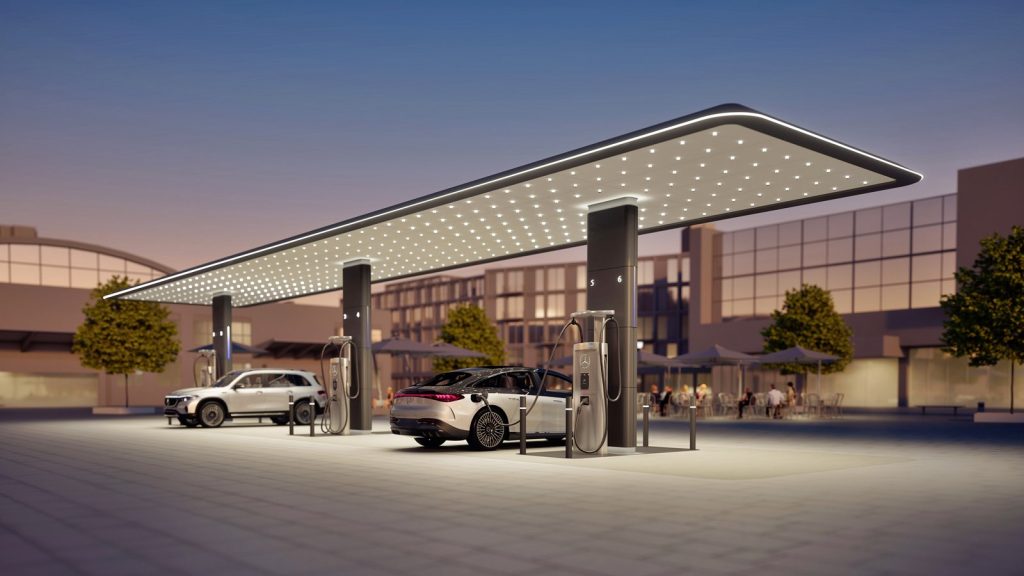
But owning an EV does require adapting to certain differences, one of which is regular recharging of the battery pack. For the purpose of this article, we are only talking about battery-electric vehicles and not plug-in hybrids (PHEVs) which have an ICE and can run on it alone. With an EV, the car can run only on electricity and the battery pack has a specific capacity which also determines how far you can travel before it needs to be recharged.
That’s not different from what motorists have been doing for decades – refuelling the tank regularly when the fuel runs out. However, the difference is that for owners of ICE cars, refuelling can be done almost anywhere. Even in the countryside, you will find a small station selling fuel in kampungs. And should you run out of fuel, it is possible to go to the nearest town to get fuel and bring it back to the car. You can’t do that with an EV and it will be a long time before motorists can plug in powerbanks to their EVs the way we do now with our mobilephones to recharge.
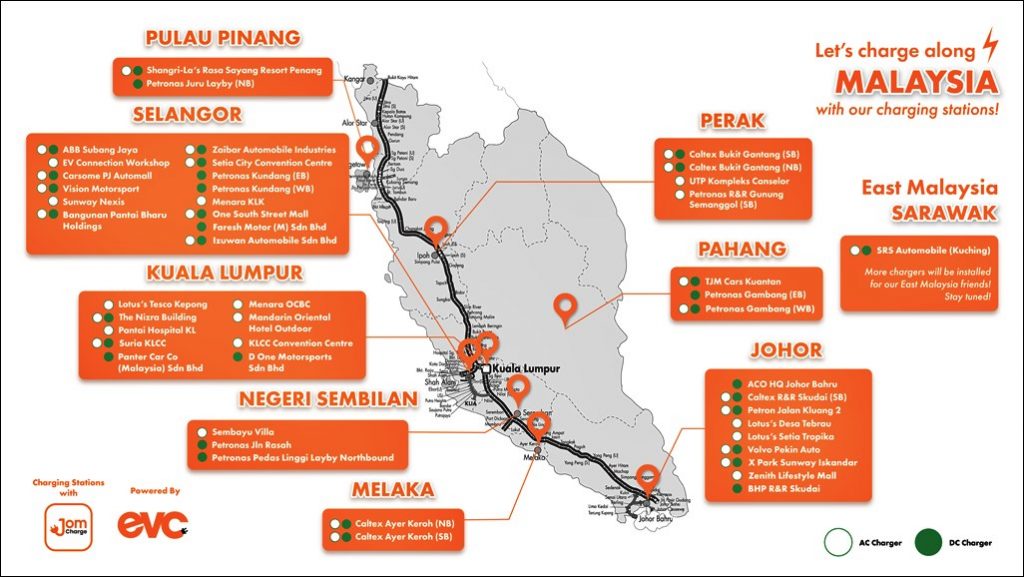
So consideration has to be given to recharging and like petrol stations, there are also public charging stations being set up. The government wants at least 10,000 charging points available nationwide by 2025 and to date, there are almost 1,000. In comparison, there are a few thousand petrol stations and each has more than one fuel pump so the total number of refuelling points would be many thousands. But remember that this network has taken many decades to develop, almost since the time the first cars were operated in Malaysia over 100 years ago.
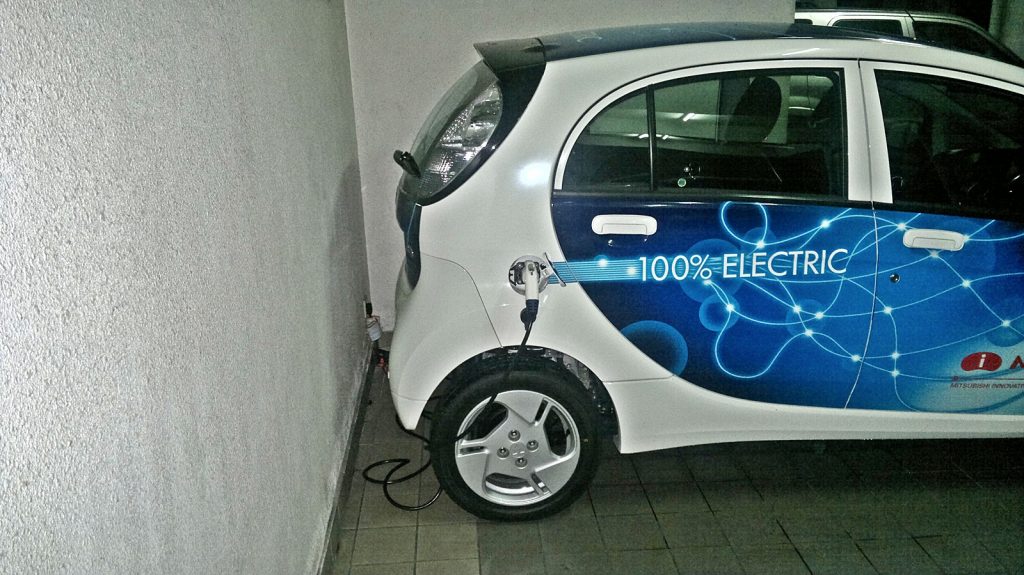
With the limited number of charging stations at this time, getting your EV recharged may or may not be a time-consuming exercise (disregarding the fact that it also takes at least 30 minutes to an hour for recharging). If you stay near a charging point or your office building has some facilities, then it’s probably not too bad. But for most people, charging at home will be preferable as it can be done overnight and whenever needed.
When the earlier EVs were marketed 10 years ago, there was the belief that it was so convenient to recharge as it could be done at home or anywhere with a 3-pin power socket. That’s true too but the power supply through such sources is low and this also means slow charging, which requires a longer time to fully recharge the battery pack – usually 10 hours or more. Charging the EV from an ordinary wall socket is also not recommended as it puts a strain on your home electrical system.
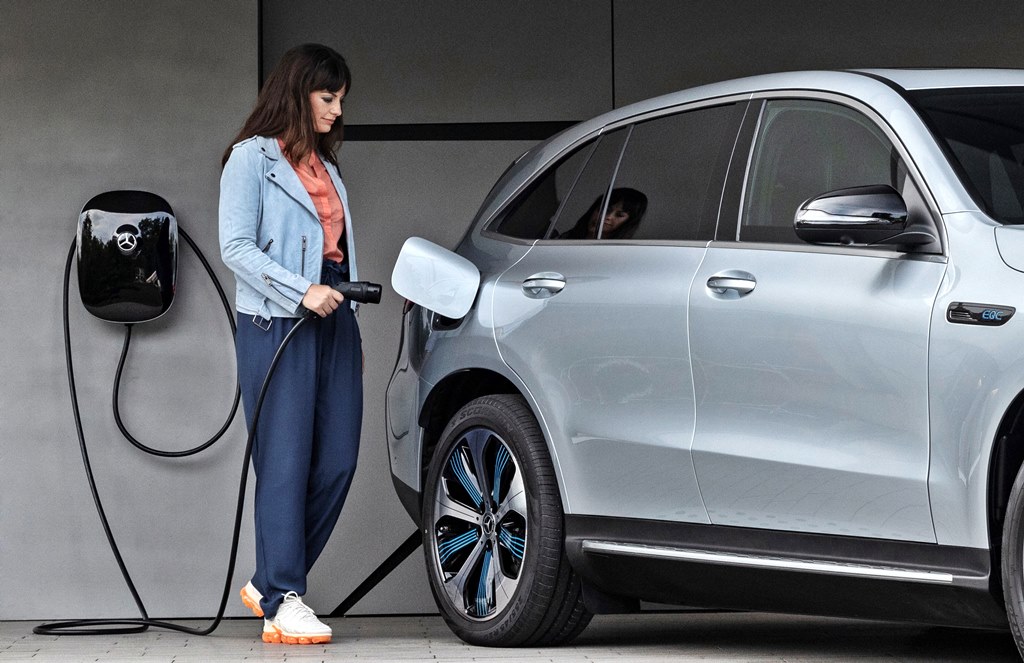
The solution recommended is to install a wallbox – a special panel with a dedicated outlet for charging an EV. This is connected to the home supply but can deliver electricity at a higher level (3 kW to 7 kW, rather than the typical 1.7 kW) which can recharge faster. Furthermore, the wallbox has additional features to ensure it is robust enough to take the loads and of course, protective features against the usual dangers associated with electric outlets. Wallboxes or domestic charging outlets can be weatherproof so, if it is really necessary, it can be installed outside the house but would be better to locate on a wall under shelter.
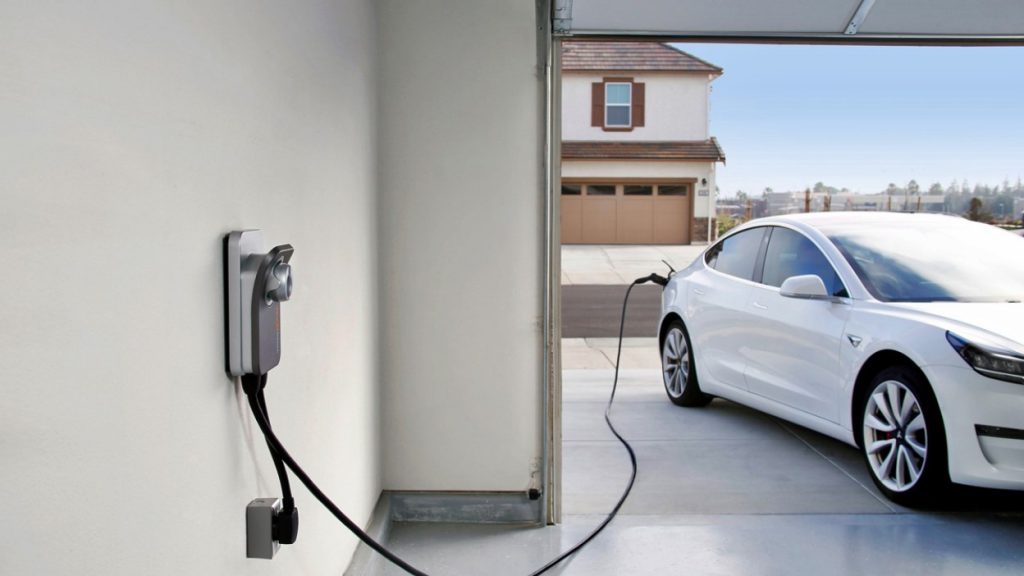
So apart from the cost of the EV, you also need to include the cost of the wallbox which can be from RM3,000 – RM8,000 depending on the unit and there will also be an installation charge. Most car companies can include the wallbox costs as part of the vehicle purchase so it comes under the financing package. Occasionally, for promotions, some companies might even include a wallbox for free.
The good thing is that as with the duty-free provision for EVs (up to the end of 2025 for CBU models, 2027 for those assembled locally), the government will also help to offset the cost of installing and using charging facilities during the same period. The support is given via expenditure deductions when your annual income tax is assessed and up to RM2,500 is allowed. This covers the purchase cost of the charging facility, or renting/subscribing to charging facilities.
Having a wallbox would impose a high load on your home electrical system, just like having many air-conditioners. It is a good idea to upgrade to 3-phase wiring to get a higher power supply level (415V instead of 240V with single-phase that is usual for most homes) and should you later on want to upgrade the charger to 22 kW (when there are EVs accepting it), it will also be possible. The cost of upgrading to 3-phase wiring varies from a few hundred ringgit to a few thousand. It’s also worthwhile considering an inspection of the electrical system and wiring of your home if it is old.
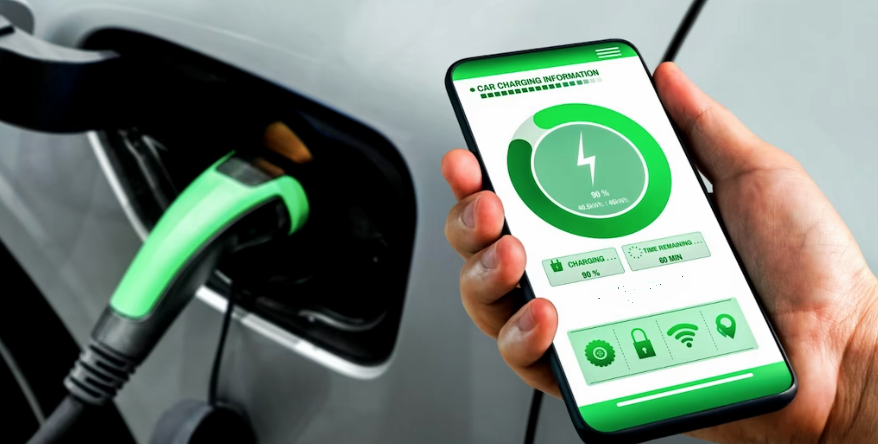
At this time, the increased electricity supply with 3-phase wiring will not incur different rates as single-phase wiring – if the devices and equipment being powered are the same in number and type as before. 3-phase wiring will also not change your monthly electricity expenditure but once you begin charging the EV, then that new cost will raise the bill. So while you may tell your friends that it’s so nice no longer having to buy petrol, you are still paying in another way for your motoring. By one estimation (according to EV Guru), if you pay RM250 per month for petrol for an ICE vehicle, you could save RM194.70 per month, which will be around RM2,336.40 per annum with an EV.
You may also know that there are high-speed chargers which supply DC electricity which is what the battery pack actually requires. Typically, the on-board charger converts the AC supply from the usual outlet into DC before it goes to the battery pack. By using a DC charger, the intermediate step is unnecessary and the power supply can also be much higher, shortening the charging time. For a model like the Porsche Taycan, for example, the battery pack can be charged from zero to 80 in around 30 minutes with a DC charger supply at 180 kW.
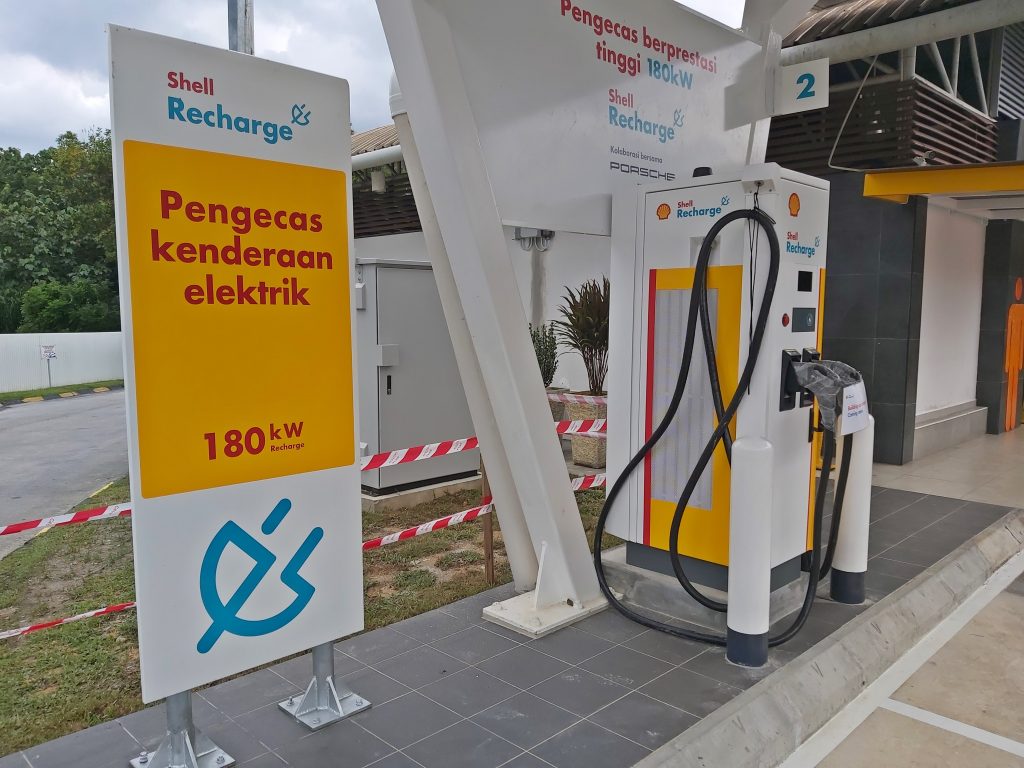
However, DC chargers are very expensive – at least RM200,000 – and that’s not all. You will also need to build an electricity sub-station to support the charger! So unless you are among the super-rich and own a mansion, a DC charger of your own is impractical and too costly. That is why, of the 10,000 charging points which the government targets, it only specifies that 1,000 should be DC-type facilities.

So far, we’ve been talking about installing a wallbox in a house where you have your own compound. If you live in an apartment or condominium complex, then having your own wallbox may not be so easy. If the management of your condo won’t allow you to install a wallbox next to your parking bay, then you will have to rely on public facilities. This may or may not be troublesome for you as recharging is not something most people will need to do daily. As the range increases, the intervals between each recharge will be extended, so it may be that a trip to a charging station on weekends will be fine.
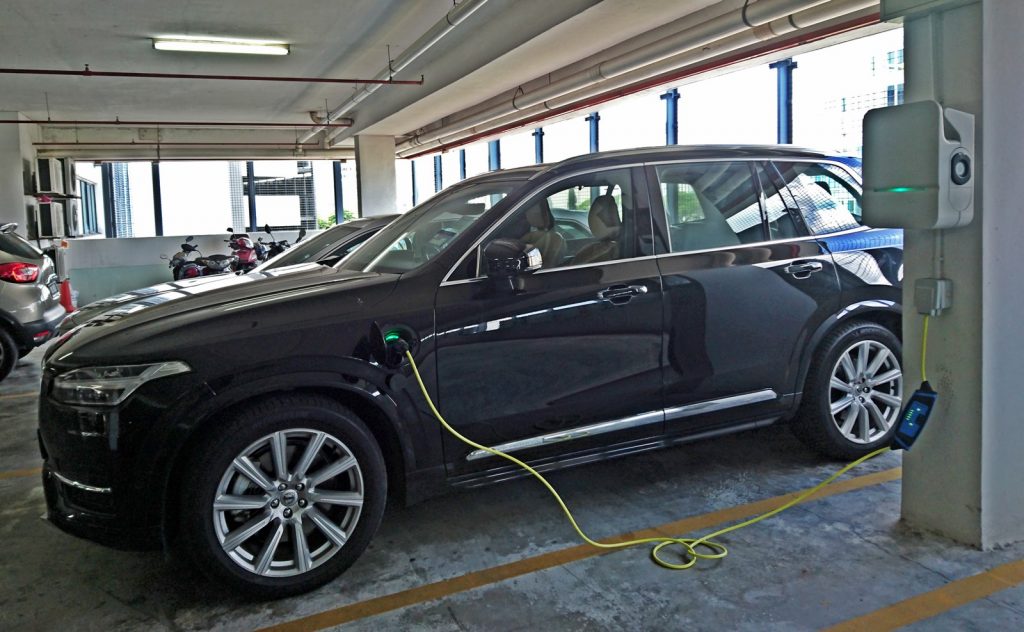
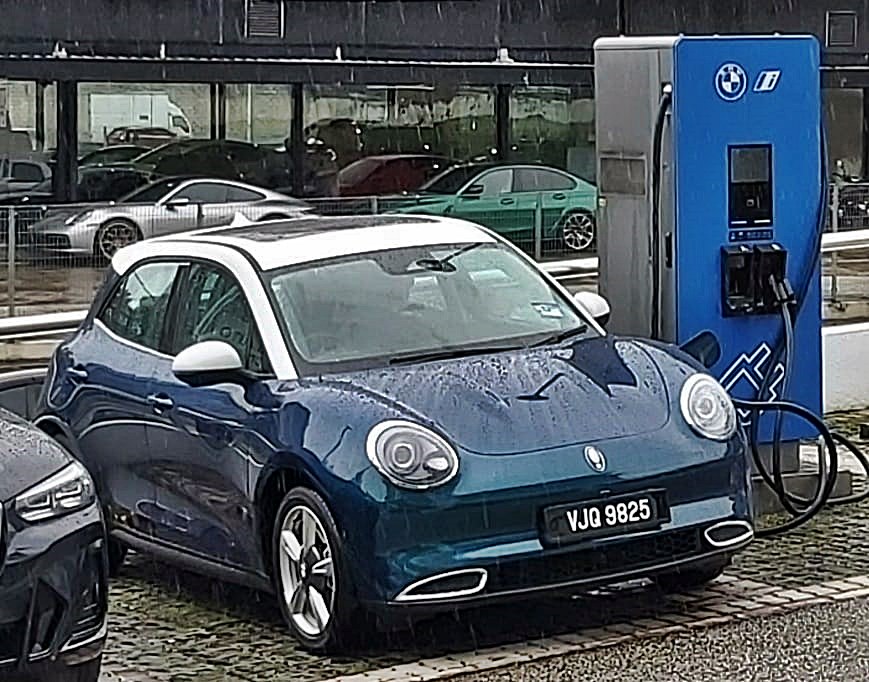
If you do want to install a wallbox, you will need to discuss with the condo management and get their permission. This will usually apply to the older properties as newer ones will likely be planned with a section with charging stations for use by tenants. It’s just like having broadband connectivity where many of today’s condos have wiring already installed for tenants to just plug in.
There are now a number of companies which offer wallboxes and installation services, and the number will certainly grow in coming years as the EV population increases. The pricing varies with competition but it would be a good idea to do a bit of research and find out a bit more about the different brands available. Some may have extra features that can make things more convenient or may be powered by solar panels. And always check on the certification of the company to install such equipment as well as the aftersales support given.


